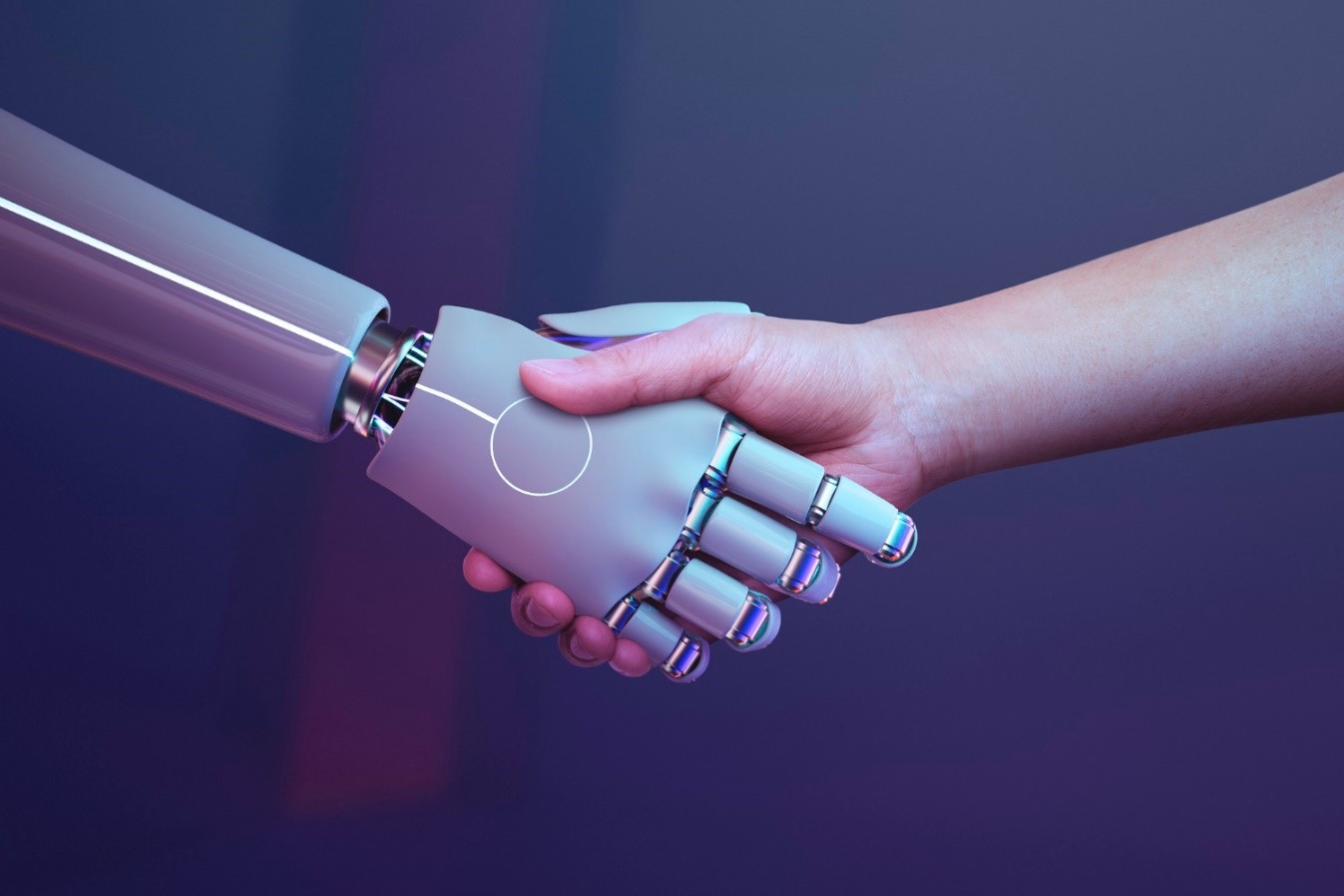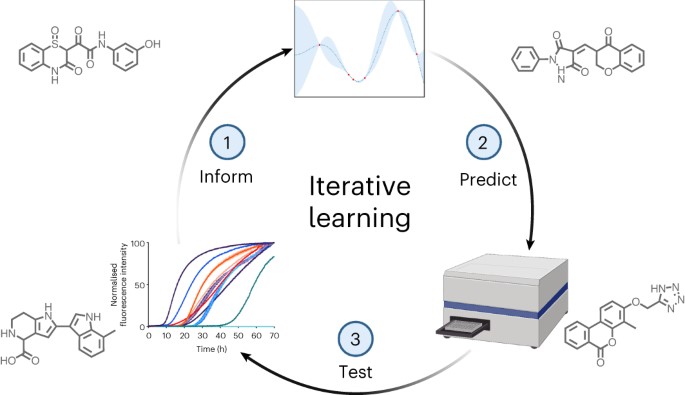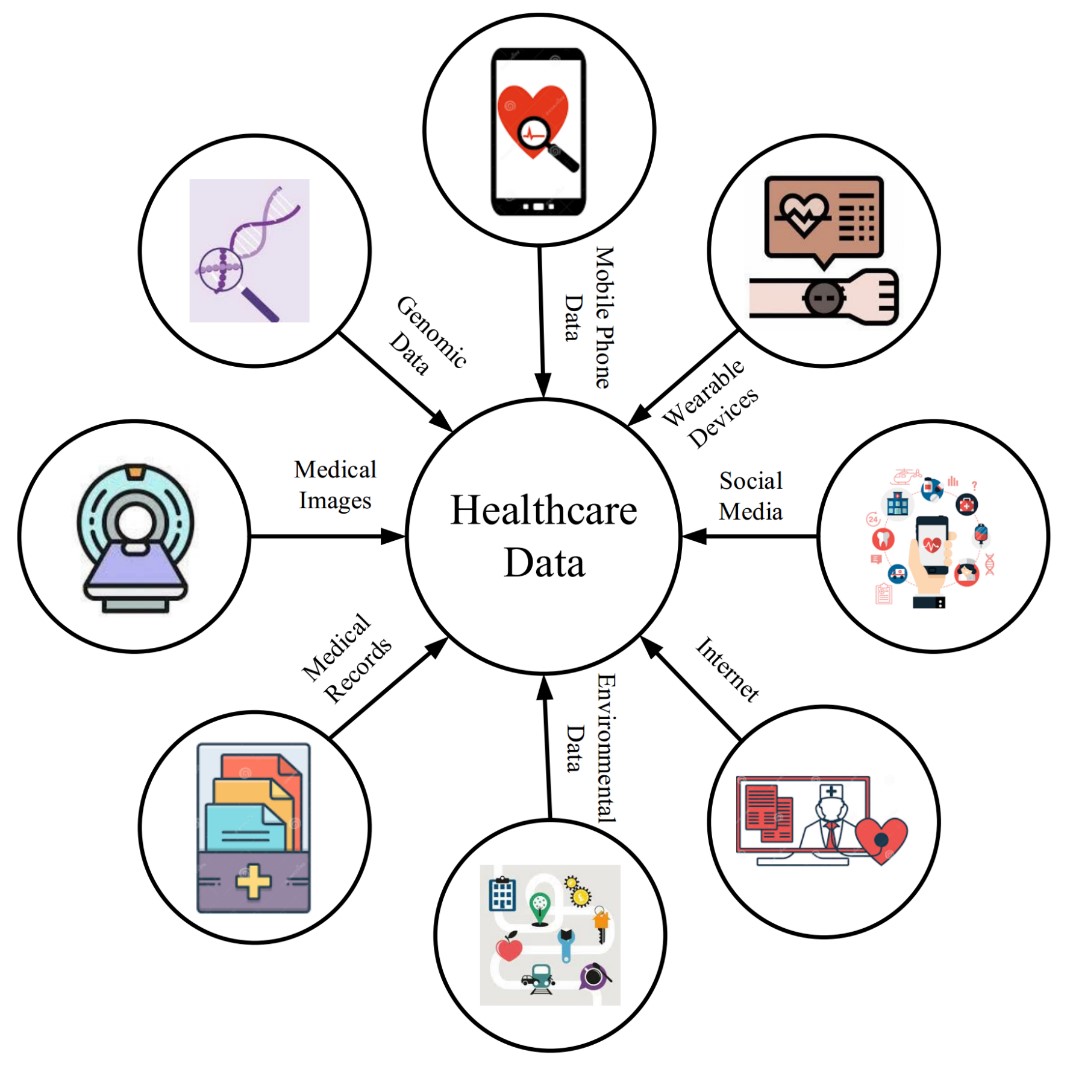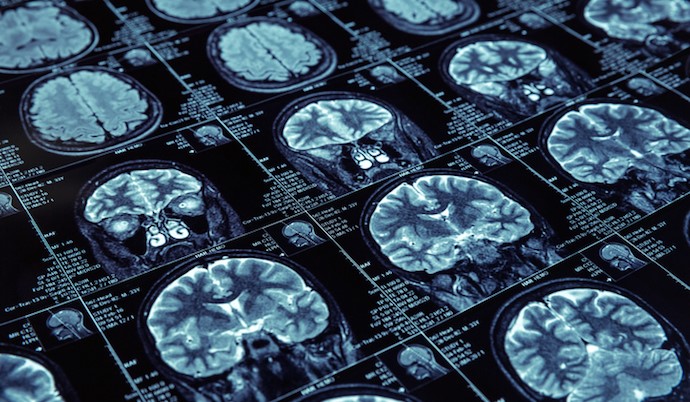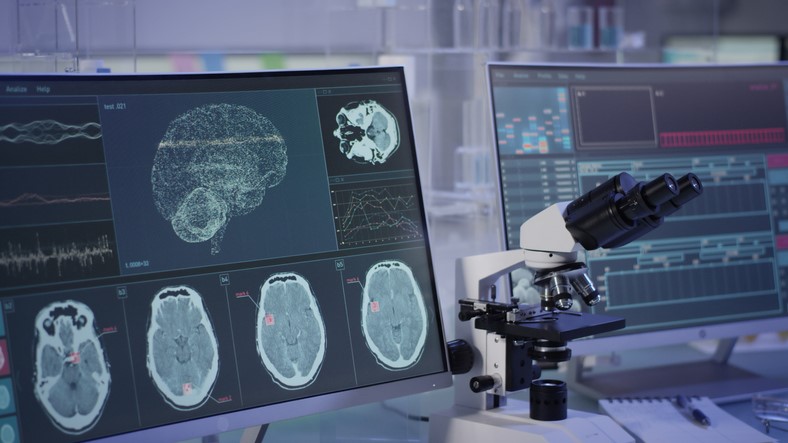AI's Potential to Save Lives in Ambulance Services
In the fast-paced world of emergency healthcare, swift and accurate decision-making can be the difference between life and death. Recent research conducted by Chalmers University of Technology in Sweden, in collaboration with the University of Gothenburg and the University of Borås, highlights the potential of artificial intelligence (AI) in supporting healthcare professionals to make critical decisions rapidly.
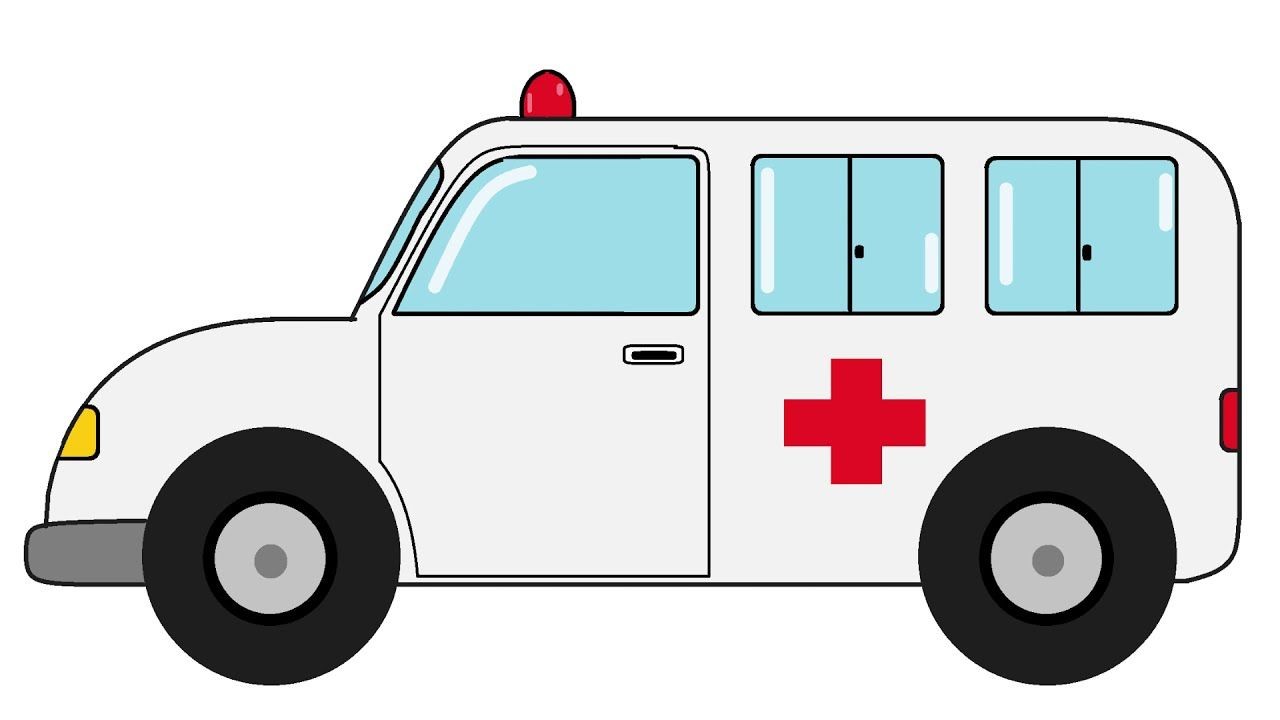
Figure 1. Ambulance.
The Need for Precise Triage
Figure 1 is an illustration of an ambulance. Anna Bakidou, a doctoral student in the research group Care@Distance at Chalmers University of Technology, emphasizes the significance of accurately identifying the severity of injuries to ensure patients receive appropriate care. Directing severely injured individuals to university hospitals, equipped to handle diverse injuries, increases the chances of survival. The challenge lies in distinguishing between severe and non-severe cases swiftly.
AI's Role in Decision Support
The study, recently published by Bakidou and her co-authors, introduces five mathematical models based on data from over 47,000 real events involving ambulance care from 2013 to 2020. By analyzing complex variables such as respiratory rate, injury type, blood pressure, age, and gender, the AI models outperformed clinical outcomes. In particular, they excelled in predicting the severity of injuries, surpassing decisions made by ambulance staff during the incidents.
Identifying Gaps in Current Practices
Surprisingly, the study revealed that 40 percent of severely injured patients were not directed to university hospitals, while 45 percent of non-severely injured individuals were unnecessarily transported to such facilities. This discrepancy highlights the need for more precise decision-making in emergency situations.
Enhancing Human Decision-Making
Ambulance personnel often face challenging and rapid decisions. The hope is that AI can act as an "extra colleague," providing objective decision support that considers complex connections and encourages staff to reconsider assessments. For instance, younger individuals involved in traffic accidents are sometimes perceived as more severely injured than older individuals involved in fall accidents, despite the potential life-threatening consequences for the latter.
Challenges on the Horizon
While the mathematical models demonstrate the potential to save lives, there are hurdles to overcome before integrating AI into everyday ambulance services. Key considerations include finding efficient methods to input information into the AI tool, ensuring seamless interaction with users, and addressing concerns about how AI aligns with existing protocols and routines.
The Road Ahead
The road to implementing AI in emergency healthcare involves rigorous testing, prototype development, and large-scale clinical trials. Regulations, concerns about AI, and the need for validation mean progress will be deliberate. However, the authors, including Stefan Candefjord, Associate Professor at Chalmers, are optimistic that AI can bring about positive change, offering tailored support in the work environment and ultimately contributing to more equitable healthcare.
As technology continues to advance, the integration of AI into emergency healthcare services holds great promise. The potential to enhance decision-making, improve triage accuracy, and ultimately save more lives is a compelling reason to invest in further research and development. While challenges lie ahead, the journey toward incorporating AI into ambulance services represents a crucial step toward revolutionizing emergency care.
Source: Chalmers University of Technology
Cite this article:
Hana M (2024), AI's Potential to Save Lives in Ambulance Services, AnaTechMaz, pp. 386



